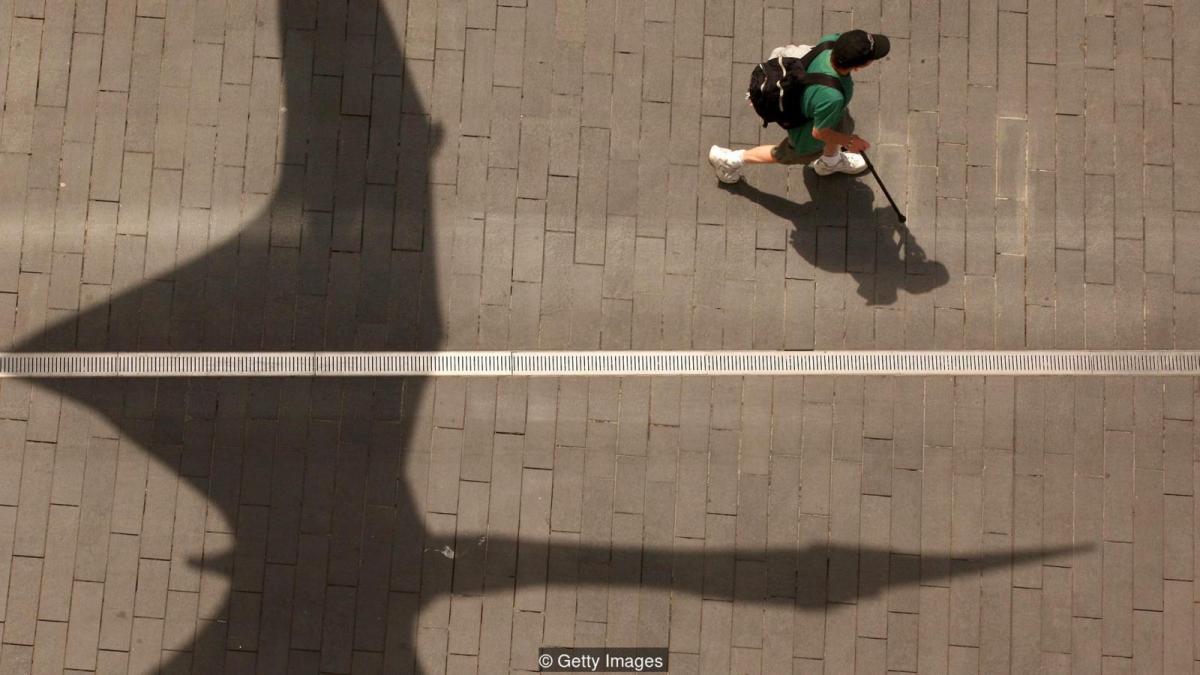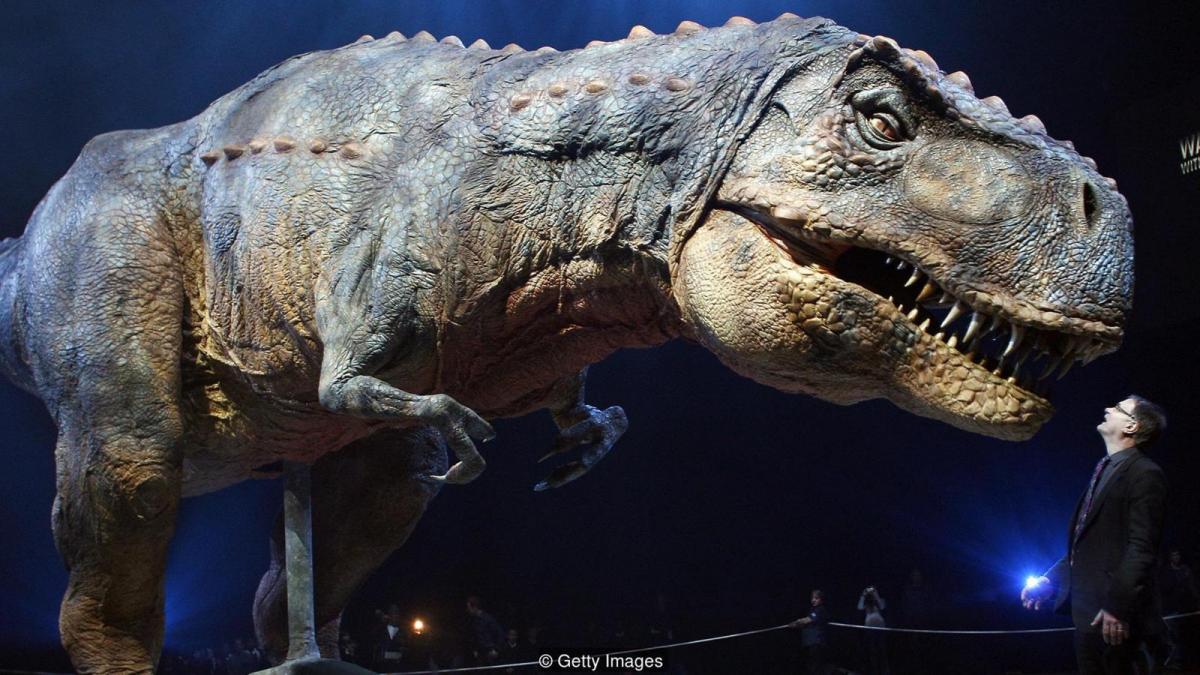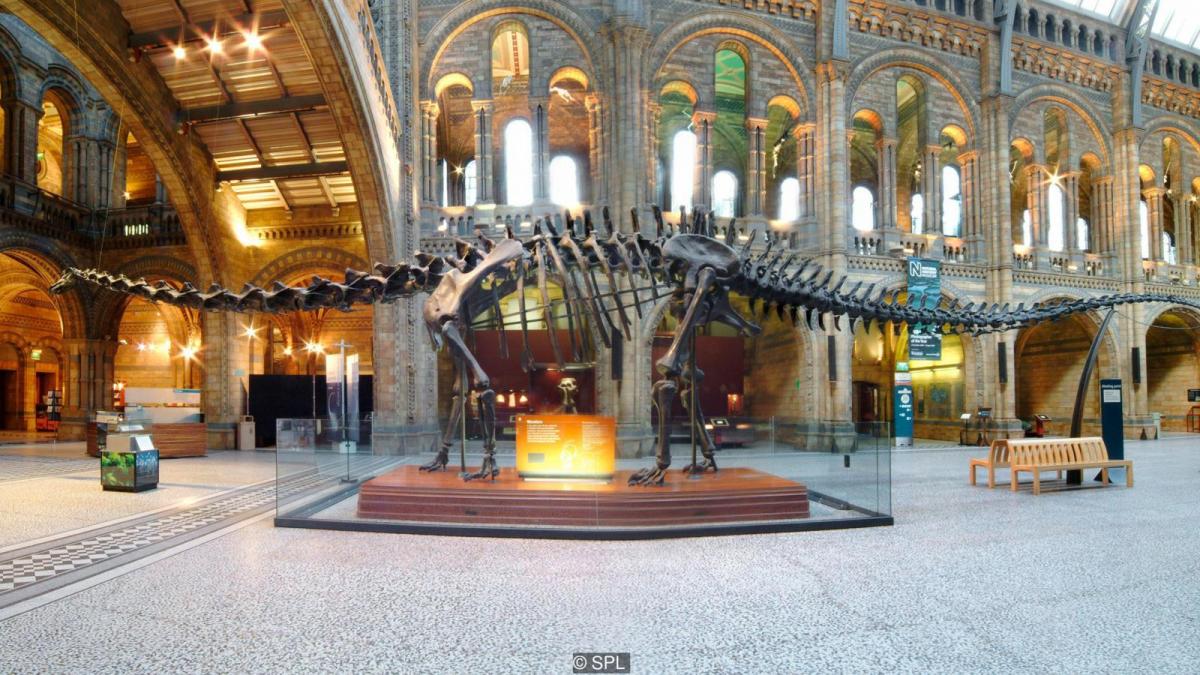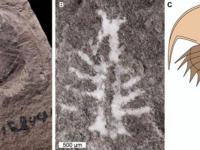What if Dinosaurs Hadn’t Died Out?

Imagine a world where an asteroid hadn’t wiped out the dinosaurs. What would have happened afterwards – and how might their presence have affected mammals like us?
But what if history had taken a different course? What if the asteroid had missed or arrived a few minutes earlier? That is the scenario suggested by researchers featured in The Day the Dinosaurs Died, a recent BBC documentary. These scientists – including geologist Sean Gulick of the University of Texas – argue that if the asteroid had arrived mere moments earlier or later, rather than hitting the shallow waters of Mexico’s Yucatan Peninsula, it would have plunged into the deep sea of the Pacific or Atlantic oceans, absorbing some of the force and limiting the expulsion of sulphur-rich sediments that choked the atmosphere for the months or years ahead.
Had that been the case, there would still have been a catastrophe and extinctions, but some larger dinosaurs may have survived. Pondering the course of this alternative timeline is an intriguing thought experiment that dinosaur scientists are only too enthusiastic to speculate about. Would dinosaurs be here today? What new dinosaurs might have appeared? Would dinosaurs have developed human-like intelligence? Would mammals have remained in the shadows? Would humans have evolved and – as depicted in Disney’s 2015 film The Good Dinosaur – found a way to survive alongside them?

Some researchers argue that, even without the asteroid, the reign of the dinosaurs may already have been ending. “I take a slightly unorthodox view that dinosaurs were doomed anyway because of cooling climates,” says Mike Benton, a palaeontologist at the University of Bristol in the UK. “They had just about held their own to the end of the Cretaceous, but we know that mammals were diversifying… [and] dinosaurs had already been declining for 40 million years.” Benton believes mammals would still have replaced the dinosaurs. He is an author of a 2016 paper suggesting dinosaurs were slower than mammals at replacing extinct species.
Other experts take a very different view. Carnivorous dinosaur researcher Tom Holtz at the University of Maryland in College Park, US, agrees there would have been some extinctions 66 million years ago anyway, due to eruptions and massive lava flows at the Deccan Traps in India – but he says “there’s nothing otherwise, once you’re into the Palaeocene and Eocene, that would have affected general dinosaur biology. It would be a world that Cretaceous dinosaurs would still be comfortable in.”
Stephen Brusatte of the University of Edinburgh adds that dinosaurs had survived well, doing a great diversity of things, through changing climates, for 160 million years. “Dinosaurs were still very adaptable at the end of the Cretaceous, that’s not the sign of a group that’s wasting away to extinction, just waiting for some asteroid to knock them off. It’s the sign of a group that still has a lot of evolutionary potential.”
Assuming dinosaurs had survived, what factors might have shaped their evolution? Climate change might have perhaps been the first big hurdle. An event known as the Palaeocene-Eocene Thermal Maximum, 55 million years ago, saw average global temperatures reach 8C hotter than today, and rainforests spanning much of the planet.

In this hothouse world with abundant vegetation perhaps many long-necked sauropods might have grown more rapidly, breeding at a younger age and shrinking in size; several ‘dwarf’ sauropods (some little bigger than a cow) were already known from European islands in the late Cretaceous. The largest titanosaurs of mid-Cretaceous South America – 40m-long (131ft) creatures heavier than two jet aircraft – were already long gone.
Another trend in the later Cretaceous was the rise of flowering plants or angiosperms. During the Jurassic, most plants were ferns and gymnosperms (which include ginkgoes, cycads and conifers). These tend to be less nutritious than angiosperms, and the huge size of sauropods may have been driven by the processing time and gut size needed to digest them efficiently.
“If plant evolution continued as it has in our modern world, the herbivorous dinosaurs would almost certainly have had a diet primarily of flowering plants,” notes Matt Bonnan a palaeontologist at Stockton University in New Jersey. “Given that they are somewhat easier to digest, perhaps we would have seen an overall decrease in body size… the gigantic sizes of Mesozoic dinosaurs might have disappeared.”
Along with flowering plants came fruit, which co-evolved with mammals and birds to help plants disperse seeds. Might monkey-like dinosaurs have evolved to take advantage of this resource, just as primates did in our timeline? “Many birds eat fruit. So, there may also have been non-bird dinosaurs adapted to a frugivorous diet,” says Bonnan.
Brusatte agrees that some “small, feathered dinosaurs might have gone the route of primates,” as some were already scampering about in the branches. Others may have become nectar-drinkers, spreading pollen from flower to flower in the process.

Another major event, about 34 million years ago at the Eocene-Oligocene boundary, was the separation of South America and Antarctica. This caused a circumpolar current to develop, leading to the formation of the Antarctic ice cap and cooling and drying the world. During the Oligocene, and later the Miocene, grasslands then spread across great swathes of the planet.
“Slender-legged, fast-running, herbivorous mammals became common – in the past you could amble or leap off and hide, but you can’t hide in the open grasslands,” Holtz says. This is when, in our history, we started to see a burst in the diversity of hoofed, grazing animals and the carnivores that preyed upon them.
Darren Naish, a vertebrate palaeontologist in Southampton, UK, says that perhaps in our alternative timeline the speedy, grass-mowing dinosaur equivalents would be descendants of horned relatives of Triceratops or bipedal, beaked herbivores akin to Hypsilophodon.
“Dinosaurs already come with a huge set of evolutionary advantages that it took mammals a long time to evolve,” he adds, and would have a head start at adapting to grasslands. Duck-billed hadrosaurs had ‘batteries’ of up to 1000 teeth in their jaws, as opposed to the 40-odd teeth a horse has, so could have made short work of grinding grasses.
Dinosaurs also had better eyesight than mammals, with increased colour vision, and may have been more adept at spotting danger. Horses and cows have flattened muzzles useful for cropping tough, low-lying vegetation, so duck-bills and sauropods might also have developed squared off snouts, and sauropod necks might have shortened to aid grazing at their feet.
Even closer to the present day, dinosaurs would have had to deal with the various ice ages of the past 2.6 million years. But we know that Cretaceous dinosaurs were living above the Arctic Circle. “Maybe in cooler places you would see things with thick and elaborate pelts, covered in fuzz and feathers all the way down to the tips of their toes and tails,” says Naish.
“It wouldn’t have been difficult for a ‘woolly’ tyrannosaurus or dromaeosaur relatives of Velociraptor to evolve,” adds armoured dinosaur expert Victoria Arbour of the Royal Ontario Museum in Canada. “Maybe we could have even had shaggy and woolly ceratopsians, ankylosaurs, or hadrosaurs.”
There are other adaptations common today but rare in dinosaurs. Burrowing for example, says Paul Barrett, a palaeontologist at the Natural History Museum in London. “It’s odd that dinosaurs didn’t really do it, as it’s a common way of life among lizards and snakes.” Given more time, some dinosaurs might have become subterranean specialists – the scaly or feathery equivalent of mammalian moles.

The oceans are another realm little explored by dinosaurs. Species such as Spinosaurus were dabbling in estuarine and river environments, and armoured ankylosaurs are often found as fossils in marine sediments and were living along coastlines. Could spinosaurs or ankylosaurs have followed the path of mammalian whales and evolved to live entirely at sea? They might have returned to land to lay eggs or could have eventually given birth to live young at sea, as ichthyosaurs and plesiosaurs did.
In a world that never lost the dinosaurs on land, pterosaurs in the sky and ichthyosaurs and mosasaurs at sea, what would have been the fate of birds and mammals?
Birds were already diverse in the late Cretaceous. “Pterosaur diversity had been really knocked back,” says Holtz, perhaps because of this. Remaining pterosaurs included the massive, toothless azhdarchids, some of which were the size of biplanes with wingspans of 12m (40ft). There is already a debate about whether some azhdarchids were flightless, and you can imagine a world where islands, such as Madagascar, Mauritius and New Zealand, are dominated by strange terrestrial pterosaurs, much as in our timeline they were once the province of flightless elephant birds, dodos and giant moas.
Naish argues that a dinosaur world might still have much of the present diversity of modern birds. Mammals, however, are a different story. Though they had already been around for perhaps 160 million years when the asteroid struck, they were still “marginal, shadowy little creatures” says Brusatte, diverse but typically small and restricted to specific niches. “It was only the shock of the asteroid knocking off the incumbent dinosaurs that allowed them to break free,” he says.
Others disagree, accepting that large megafauna might not have had a chance, but bats, rodents, small carnivores and climbing primates and possums could all have been plentiful. If marmosets, langurs and gibbons had swung through the branches while dinosaurs browsed around them, might not something akin to hominids also have evolved?
“Some of the mammal lineages were already evolving before the extinction event,” says Naish. “In view of that, you’d probably still get primates and… [perhaps] a version of humanity. Given that we evolved in a world full of giant mammals, it’s plausible.”
Holtz agrees it’s a possibility: “You could have had some tree-dwelling primates that, as grasslands expand, they move into that habitat and become the pseudo-humans of this alternative universe. And just as our ancestors had to deal with sabretooth cats and big antelope, these guys would have to deal with the dromaeosaurs and abelisaurs.”

People would have had to create protected places, which Naish admits has a “One Million Years BC spin to it”, but he points to the fact that our own ancestors lived alongside large dangerous animals and had to come up with strategies to survive. “People think the Mesozoic world was a continual bloodbath, where you get ripped to shreds within seconds, but a lot of the time big predators are sparsely distributed and the world is relatively safe if you stay out of their way.”
Given that intelligent mammals are possible, could sentient dinosaurs also have evolved? In 1982, Dale Russell – then at the Canadian Museum of Nature in Ottawa – published a paper proposing that an intelligent ‘dinosauroid’ might one day have evolved. He commissioned a life-sized model, which today looks like an alien from a dated sci-fi show, with green skin and huge eyes. His theory was that the carnivorous dinosaur Troodon had an unusually large brain and might have been the lineage from which brainy dinosaurs evolved.
“Dinosaurs equivalent to crows, parrots or primates, with very complex brains and problem-solving abilities might have evolved,” agrees Holtz, but he doesn’t believe dinosaurs could ever have looked like humans. “The pathway to humans was really odd and involved hanging in trees and so forth… dinosaurs got to bipedality and manipulative hands in a much more reasonable approach.”
“I don’t think you would get anything approaching human-level intelligence,” says Naish. “You might get big-brained, intelligent dinosaurs, but they would still look like dinosaurs… It’s anthropomorphic to assume that other kinds of human-like intelligence would have evolved.”
Assuming dinosaurs did make it through to the last few hundred thousand years, and lived alongside humans, could they have survived to the present day? The answer seems to be yes. But just as humans hunted mammoths and other megafauna to extinction, our population growth and hunting technologies would inevitably have taken a toll on big dinosaurs as we spread across the globe. “There could have been a Pleistocene dinosaur megafaunal extinction event, as the humans migrate out of whatever corner of the world they came from,” Holtz says.
In the present day in this alternative timeline, perhaps a few species of large herbivorous sauropods, and even carnivores similar to T. rex, might hang on in protected wildernesses and national parks vast enough to fit their home ranges. They would have to be truly vast wildernesses though, with little human development, in places like outback Australia and Alaska. Maybe some of the smallest non-avian dinosaurs would have adapted to urban environments, thriving alongside people in the cities, as pigeons, rats and seagulls have in our world.
Though in our own past, large mammals were mostly wiped out, a few, such as elephants and rhinos hang on, so perhaps it’s not too much of stretch to imagine a parallel world where today you could hop on a dinosaur safari, Jurassic Park-style, and enjoy spotting some of them, cameras and binoculars at the ready.
John Pickrell is the author of Flying Dinosaurs and Weird Dinosaurs.
Source: www.bbc.com








